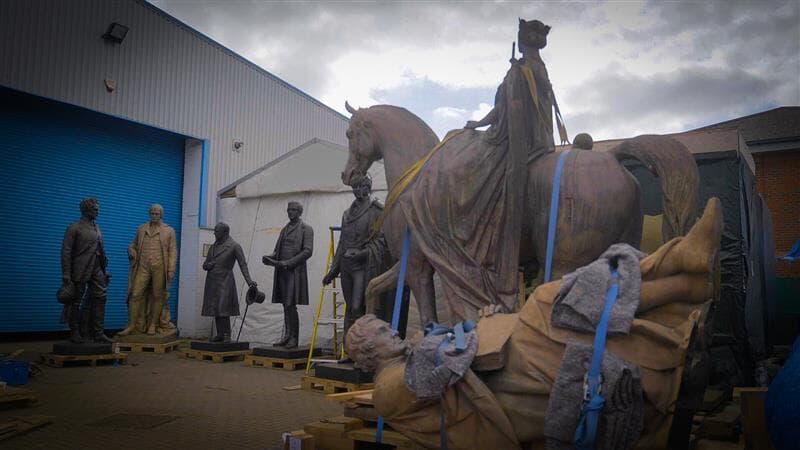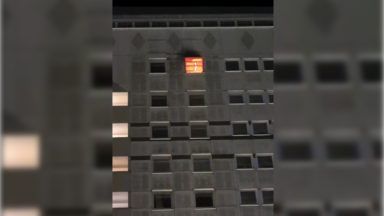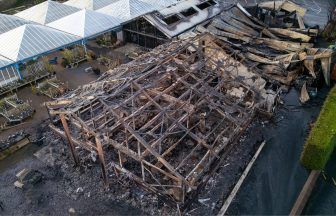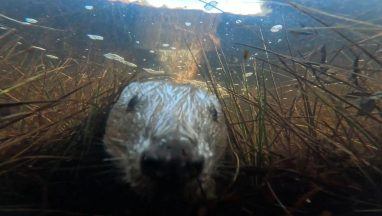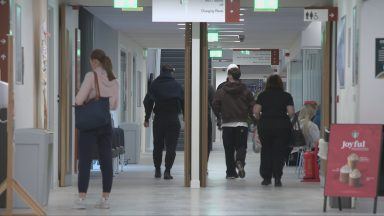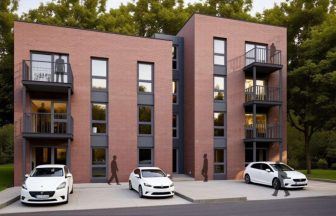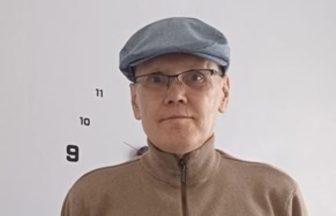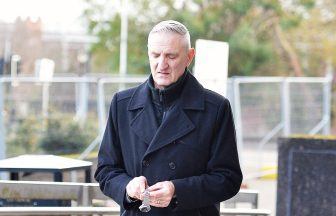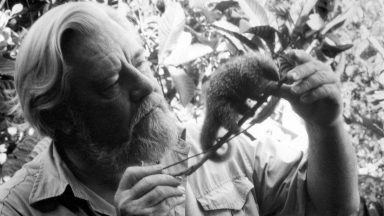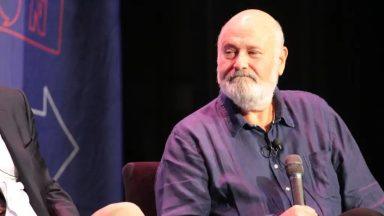Key Points
-
 Eleven bronze statues from Glasgow’s George Square are undergoing detailed restoration at a specialist conservation yard in Hertfordshire.
Eleven bronze statues from Glasgow’s George Square are undergoing detailed restoration at a specialist conservation yard in Hertfordshire. -
 Conservators have removed thick black paint and corrosion to reveal original bronze details, using gentle aerobraiding and traditional patination techniques.
Conservators have removed thick black paint and corrosion to reveal original bronze details, using gentle aerobraiding and traditional patination techniques. -
 Historical photos are guiding the restoration, including the recreation of missing elements such as Sir John Moore’s sword, lost in the 1980s.
Historical photos are guiding the restoration, including the recreation of missing elements such as Sir John Moore’s sword, lost in the 1980s. -
 The £20m project, funded through the UK and Scottish governments’ City Deal, is part of an 18-month transformation of George Square due for completion in 2026.
The £20m project, funded through the UK and Scottish governments’ City Deal, is part of an 18-month transformation of George Square due for completion in 2026. -
 Glasgow City Council plans to return all statues with new interpretation panels explaining their historical context, including links to the Atlantic slave trade.
Glasgow City Council plans to return all statues with new interpretation panels explaining their historical context, including links to the Atlantic slave trade.
Like giant chess pieces, they stand waiting for the next move.
Hundreds of miles from Glasgow, in a yard in Hertfordshire, a painstaking restoration is under way.
Queen Victoria and Prince Albert watch over a line-up that includes writers, military figures, politicians and scientists.
It’s all part of a £20m makeover of George Square, the civic heart of Glasgow, which includes the restoration of 11 of its iconic statues.
They are currently in the hands of specialists who are carefully working to return them to their original condition.
The operation to remove the bronze statues in May took seven days. Once on site, the process of stripping back the years began, and with each layer removed, intricate details have started to emerge.
“They were covered in what I would describe it as a thick deep black treacly paint,” explained Jackie Rumsey, conservator at Rupert Harris Conservation.
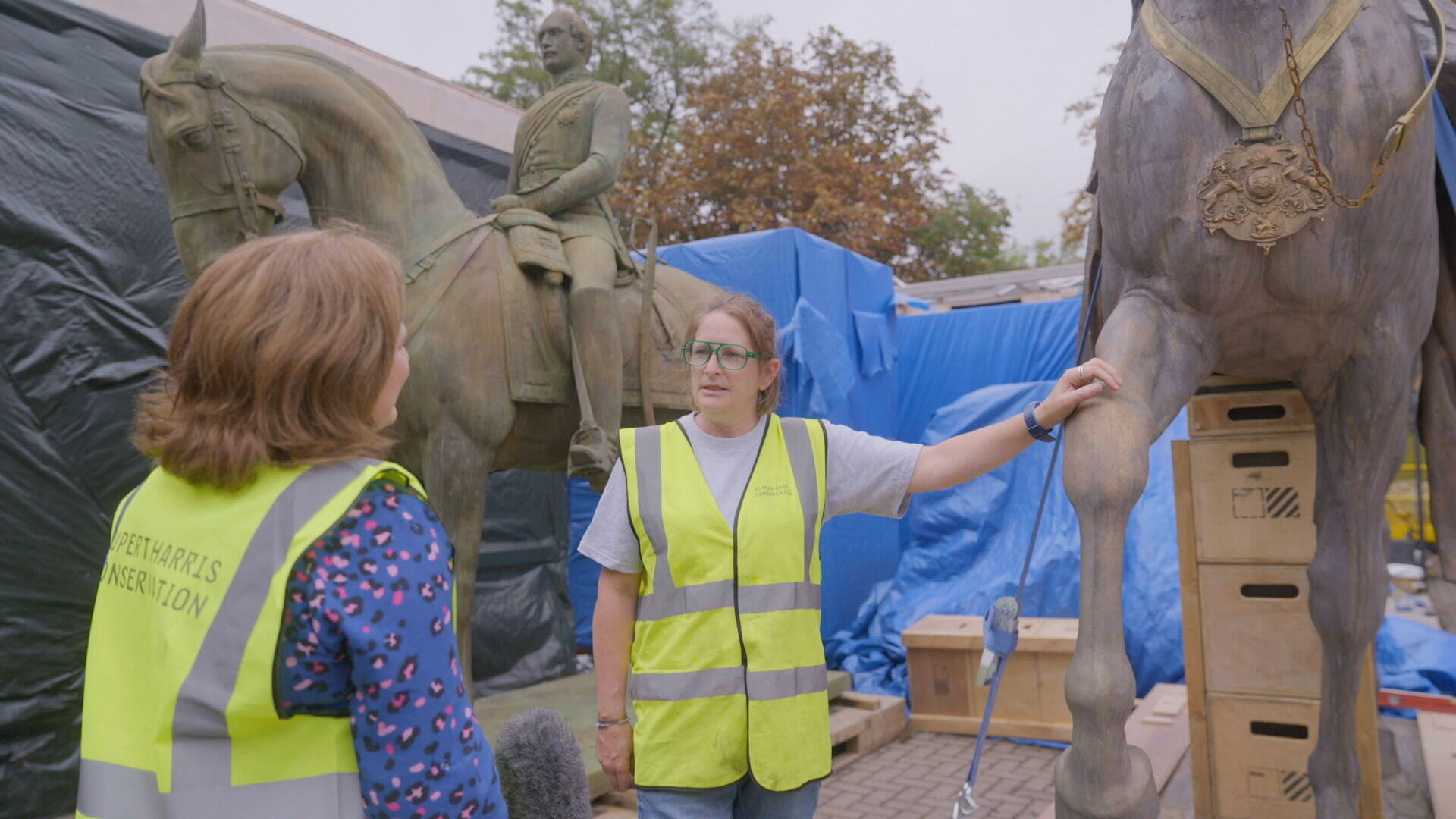 STV News
STV News“I don’t know specifically what type of paint but it was thick, black and horrible. We sent them to be aerobraided, which is a soft, gentle sandblasting process. It just lifted off the paint, without damaging or losing any texture from the surface.
“Underneath that paint, there was also a lot of corrosion that had been covered up over the years. We are trying to work out by looking at photos what’s missing. Various elements are missing, especially from the equestrian pieces, various straps and tassels.
“On one of the other sculptures, we have a sword missing. After this blasting process, you can see the natural colour of the bronze and then we start the patination process.
“This takes a good couple of weeks. Using a blowtorch, we apply the chemical hot because that’s a traditional process. We’re applying different colour, then we rub them through on the high spots to give different depths of colour.
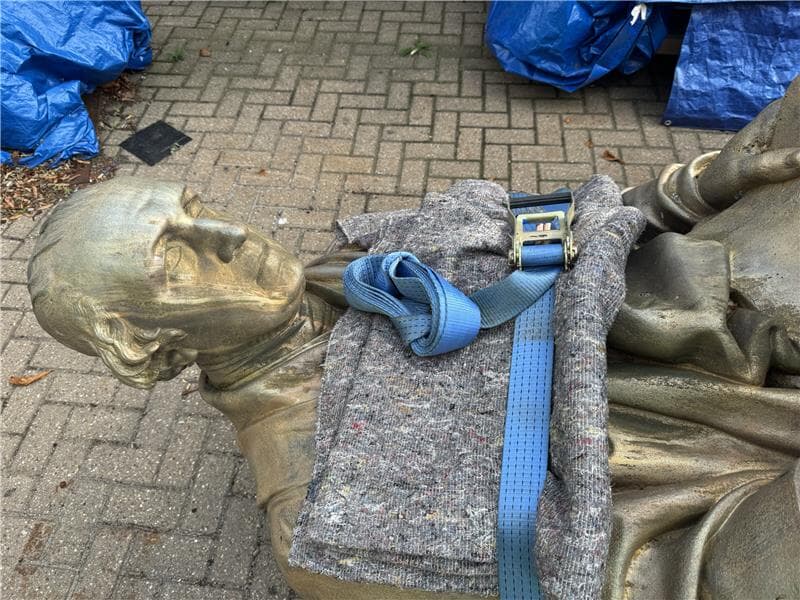 STV News
STV News“We have a nature of just walking past these things and not really looking so I hope people will now look up and appreciate them.”
Traditional process
The traditional patination process creates different depths of colour, and for the first time in decades, specialists can also inspect the inside of these bronzes for signs of corrosion.
“It’s fascinating to be able to see how they were made and the processes that were used in the 19th century,” said conservator Adam Gooding.
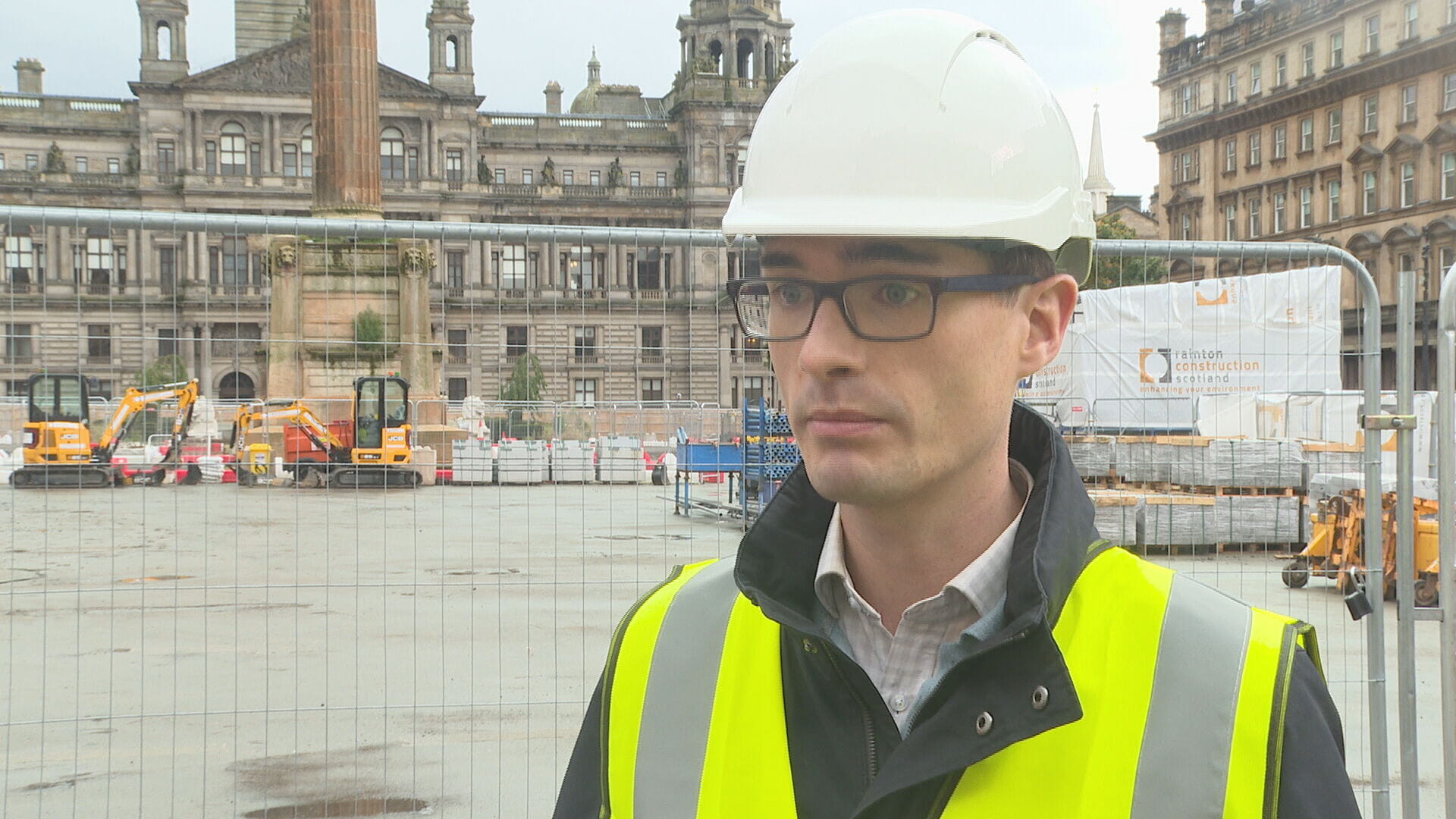 STV News
STV News“Often they were cast in several sections and pinned together in a way that we wouldn’t do nowadays, making a similar sculpture. Often using techniques which the ability to do has now been lost because it’s no longer practiced. It’s amazing to see that kind of thing.”
Archival photographs have been crucial to the restoration.
Restoring Sir John Moore’s sword
One image shows Prince Albert being lifted into place in 1925. With records incomplete, the team have turned detective using historical images to ensure accuracy in the restoration.
The statue of Sir John Moore, cast from iron cannons, was the first to be placed in George Square in 1819.
It marks the military service of the commander during the Napoleonic wars, who also oversaw the capture and re-enslavement of people on the Caribbean island of St Lucia.
As part of the restoration, the original sword – believed to have gone missing in the 1980s – has been remade.
Gooding said: “From looking at these old pictures, we were able to remodel a new sword, cast it in bronze. which we will fix into his hand to restore him to how he originally looked.
“We certainly wouldn’t be able to match the original in terms of material because its believed that particular piece was cast from a melted down bronze cannon from the Napoleonic Wars.
“In the end, it will look identical.”
Back in Glasgow, work continues at pace. The 18-month, £20m transformation is being funded by both the UK and Scottish governments through the City Deal programme.
George Square has seen many configurations over the decades. The new design, due for completion in 2026, follows extensive public consultation.
Connections to Atlantic slave trade
Eight of the statues have been found to have connections to the Atlantic slave trade.
The council is adopting an approach to “retain and explain”, with new interpretation panels proposed to accompany the restored bronzes.
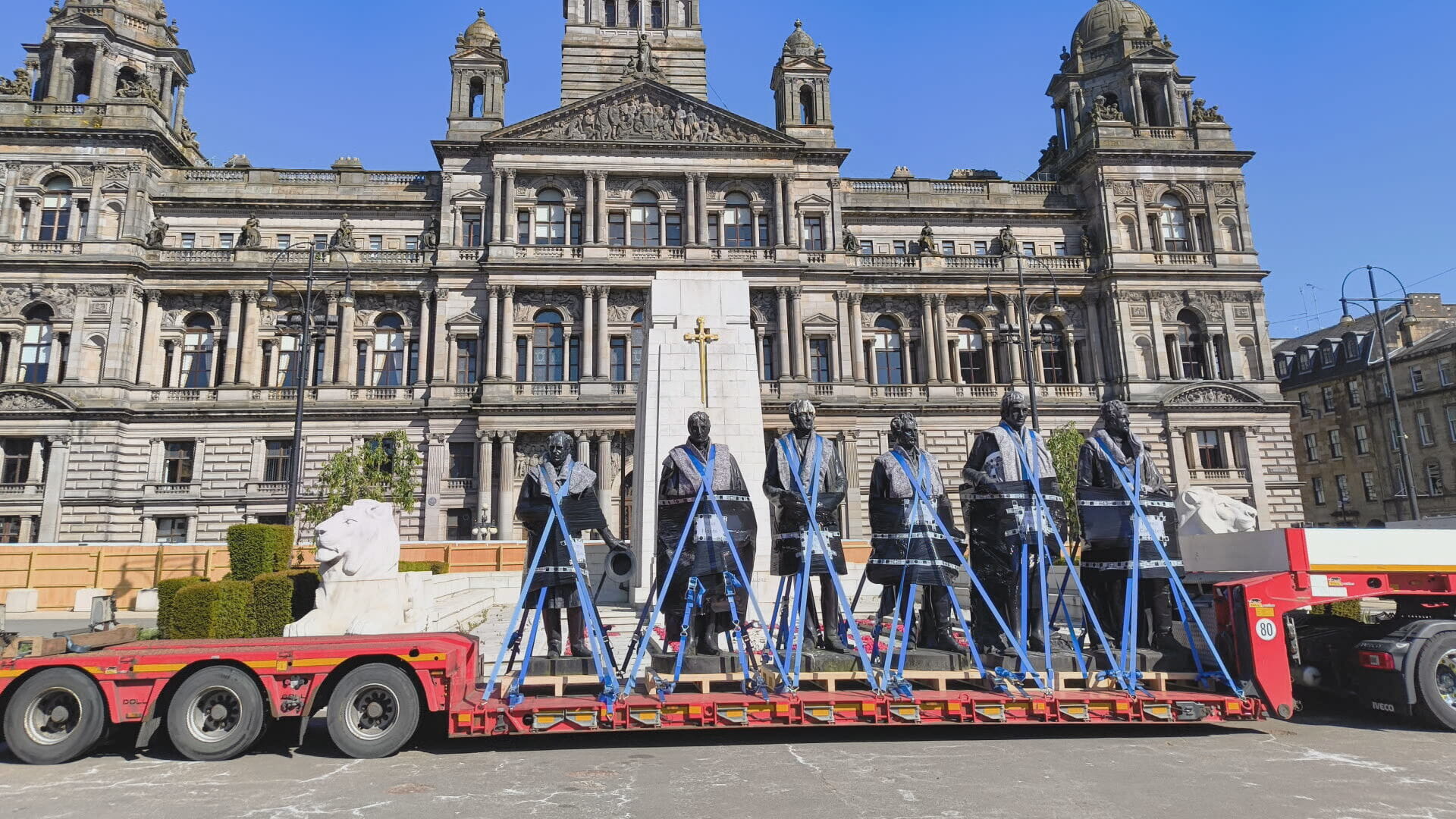 Glasgow City Council
Glasgow City CouncilCouncillor Angus Millar, Glasgow City Council’s convener for city centre recovery, said: “One of the things that came back from this exercise was that people want interpretation to be the focus to tell the full, unvarnished story of our history, rather than removing certain statues.
“We are working on the basis all of the statues will be coming back, but with that added interpretation. We are not hiding history, we plan on telling the full story of that history.”
A report on the interpretation panels will go before councillors in the coming weeks.
“Movements in politics over the last few years have brought attention to statues,” said Dr Michael Morris, senior lecturer in English literature at the University of Dundee.
“Statues are always very good to think with and they tend to provoke a reaction. Statues are there to tell a story, which can be quite celebratory and triumphant.
“What we look to do is tell a different story. We look more critically about the nature of empire.”
The current project is the largest of its kind in the UK in 20 years and also includes plans to restore the Sir Walter Scott column.
The square itself will be finished by August 2026, with the final work on some surrounding avenues – Cochrane Street and sections of George Street and North Hanover Street – scheduled to be complete in early 2027.
Follow STV News on WhatsApp
Scan the QR code on your mobile device for all the latest news from around the country


